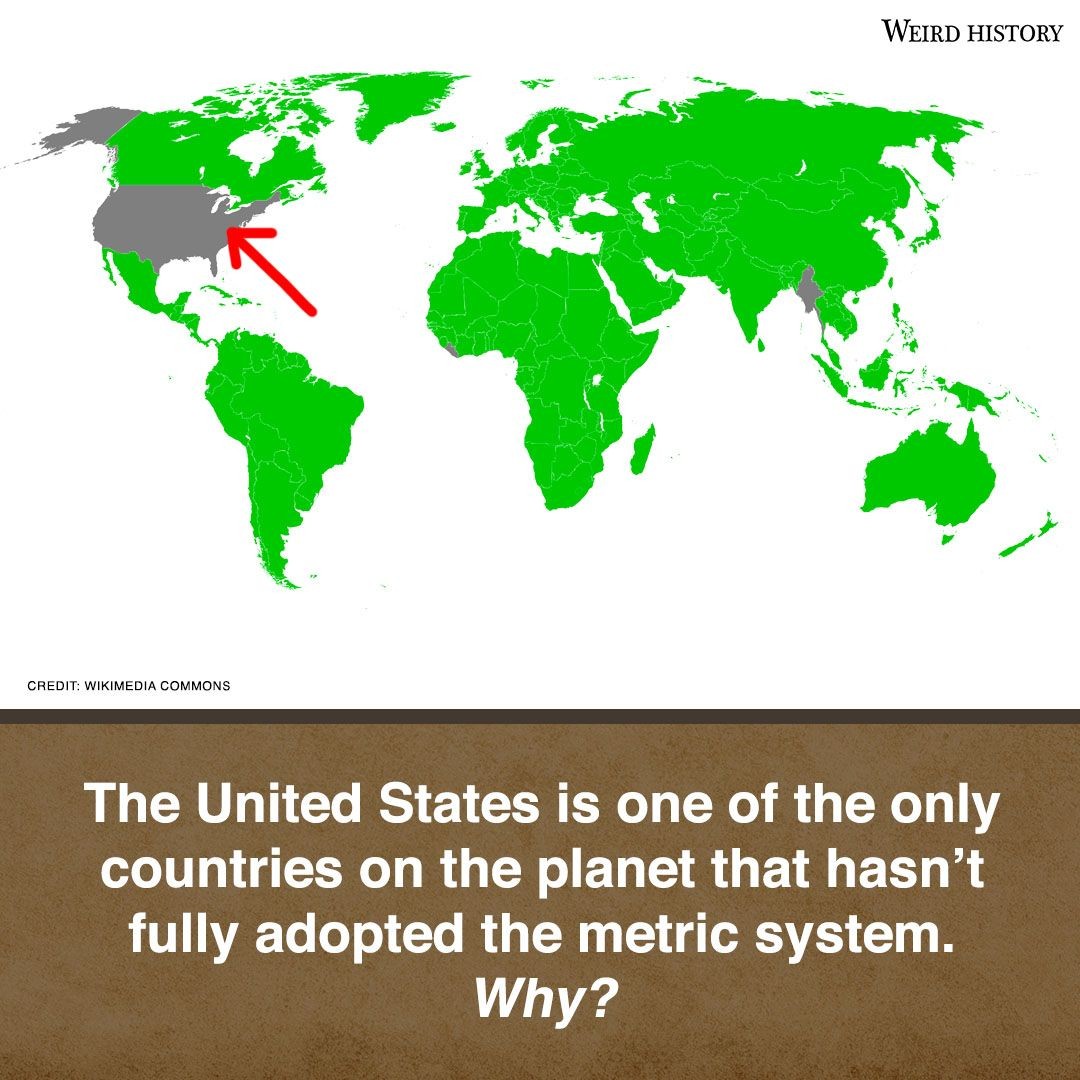The Metric System Was Too New And Too French For Early Americans, Even Francophile Thomas Jefferson
As early as the 1770s, Thomas Jefferson expressed the need for the United States to establish coinage based on the decimal system, part of his overall belief in the importance of a uniform system of weights and measures. Jefferson had developed a decimal system of measurement, echoing the efforts of men like Simon Stevin in Flanders in 1585 and Englishman John Wilkins in 1668.
When Jefferson was in France during the 1780s, he had long conversations about such standardized systems, notably exchanging ideas with statesman and cleric Charles Maurice de Talleyrand-Perigord. Often referred to simply as Talleyrand, the French bishop would go on to be the force behind the adoption of a standardized system of measurement by the French Assembly in 1790.
What France implemented during the 1790s was based on natural phenomena instead of the traditional seconds pendulum technique. For the French, the fundamental measure – or metre (from the Greek word “metron,” for measure) – was set at 1/10,000,000 the length of a meridian line from the equator to the North Pole. Using the line that went through Paris, the system of measurement was decidedly French.
Jefferson wasn’t opposed to using a comparable system, but advocated for the continued use of a seconds pendulum – a rod that swung back and forth in two seconds – to determine the length of a meter. Jefferson also took issue with the system that seemed to apply only to France.
George Washington Proposed A Standard US System Of Weights And Measures, But Congress Didn’t Follow Through To Develop One
In 1790, President George Washington told Congress, “Uniformity in the currency, weights, and measures of the United States, is an object of great importance, and will, I am persuaded, be duly attended to.”
In response to Washington’s speech, representatives attempted to establish a committee on the topic but the task ultimately fell into the hands of Secretary of State Thomas Jefferson. Already actively working on a solution, Jefferson submitted a report to Congress during the summer of 1790. The report included two potential plans, neither of which received consideration by the legislative body.
In December 1790, Washington reemphasized the importance of the uniformity of weights and measures in a statement to Congress, prompting the Senate to consider Jefferson’s report. Again, nothing moved forward and, in October 1791, Washington reminded Congress, “A uniformity in the weights and measures of the country is among the important objects submitted to you by the Constitution…”
Debates and discussions about establishing a uniform system slogged on through mid-1796, at which point a designated committee attempted to address concerns about how to take appropriate measurements. It recommended, “The President of the United States… employ such persons of sufficient mathematic skill” to carry out Jefferson’s plan to use a seconds pendulum to determine the length of a meter. After multiple readings of the report, however, any move toward establishing an official system was again deferred.
Congress Waited Until 1975 To Pass The Metric Conversion Act, Which Called For (But Didn’t Mandate) The Metric System In The US
The Metric Conversion Act of 1975, signed by President Gerald Ford, “designated the metric system of measurement as the preferred system of weights and measures for United States trade and commerce.” While the act specified 1992 as the date by which federal agencies “use the metric system of measurement in its procurements, grants, and other business-related activities,” it also allowed for “the continued use of traditional systems of weights and measures in non-business activities.”
Going into effect more than 100 years after use of the metric system had become legal in the United States, the act also established the United States Metric Board. The board was tasked with publicizing, encouraging, and facilitating understanding and use of the metric system, but had no compulsory powers.
Many businesses did convert, educational programs were introduced, and public television even featured programs to teach Americans about the metric system. However, using the metric system remained completely voluntary.
